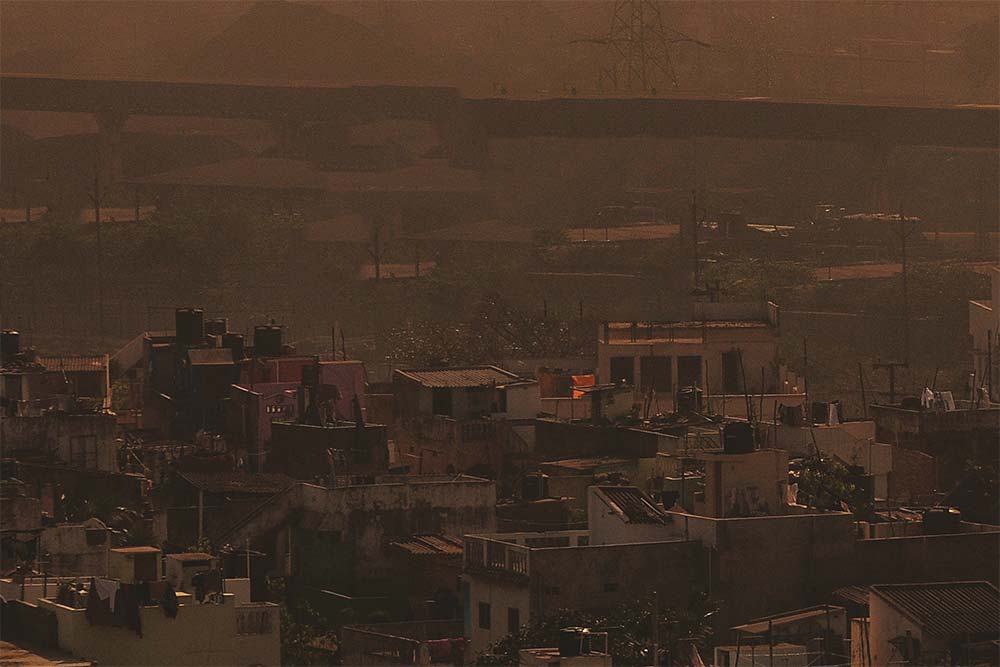Apparently, it’s become easier to do business in India. The Doing Business in India 2012 report by the World Bank and the International Finance Corp shows India ranks 132 out of 183 countries, up from 139. The report attributes the country’s climb to improvement in the regulatory framework, which now allows e-filing of VAT, and reforms that help protect investors through registration of credit, tax and trade information.
Well, you couldn’t tell by looking around. Over the past three weeks, Outlook Business reporters travelled across India, speaking with businessmen, bureaucrats and farmers in the five richest states to get a sense of the real state of the economy. What they heard, almost without exception, was a litany of woes that ranged from clearance delays, power cuts and labour shortages to bad roads, poor connectivity and infrastructure. In short, the same problems that anyone running a business in India has been facing for the past six decades. Sure, there has been some improvement, but clearly the road to India’s growth is still a bumpy, pot holed one.
Ironically, the condition of Indian roads and highways is itself the first speed breaker. Businessmen in Aurangabad, Maharashtra, point out how the bad roads are, literally, extracting a price — they need to spend extra on packaging to ensure safe transport of delicate machinery. In Tamil Nadu, the highway to connect Chennai Port to the city’s Ring Road, which has been in the pipeline for over a decade, is still to be constructed; the existing road meanwhile is perennially clogged with traffic, leading to delays in cargo shipments and deliveries. Uttar Pradesh’s grand Ganga Expressway project hasn’t moved off the drawing board and while the Yamuna Expressway project is nearing completion, link and access roads are still a major stumbling block.
Other infrastructure problems remain to be addressed. About 38% of the much talked-about Delhi-Mumbai Industrial Corridor (DMIC) will pass through Gujarat and the state’s already made ambitious plans around it, including a smart city with digitally controlled infrastructure that will come up on either side of the corridor at Dholera. But without the freight line passing through it, the Shanghai-inspired showcase city may turn out to be India’s most expensive ghost town — and, right now, work on the DMIC is worryingly slow, thanks to problems with land acquisition and coal linkages.
Still, Gujarat can’t be faulted on its development of roads and ports (it has over 40 major and minor ports on its 1,600-odd km coastline), unlike Andhra Pradesh, which has one major port (Visakhapatnam) and two intermediate ones on a 972-km coastline that’s second only to Gujarat. The result: companies have to choose between delays at the state’s ports or addition to their costs by using out-of-state ports.
Then there’s power — or the lack of it. Maharashtra, Uttar Pradesh, Andhra Pradesh and Tamil Nadu are all suffering a supply shortfall of 2,500-4,000 MW each; but rather than covering the gap by buying expensive power from merchant power companies, state governments have imposed power cuts for both industry and household. State government can’t afford to dent their financials any further: discoms have huge holes in their pockets and governments won’t pass on higher tariffs to customers for fear of political ire. Load shedding of two to eight hours a day is common across these states and the effect on industry and agriculture has been crippling.
Farmers complain of milk turning sour and crops withering on the fields because they can’t run their irrigation pumps without electricity. Industrialists meanwhile are investing in expensive (and polluting) diesel generator sets, paying overtime to workers for night shifts and turning away orders because they are not sure of timely implementation. Small business owners, especially in cities like Hosur and Kanpur, are increasingly resentful of their governments’ step-motherly treatment. “Newer hubs are being promoted and MNCs get all the attention and the perks,” a small businessman in Tamil Nadu says bitterly.
But even the big companies don’t get the manpower. Across all five states — and indeed, across all of India — there’s an acute and growing shortage of skilled labour. The central government’s rural employment guarantee programme has only added to industry and agriculture’s woes — not only are workers demanding higher wages, many prefer going back to their village and collecting the unemployment allowance rather than being employed as migrant workers in fields or factories.
Add to this multiple clearances with multiple departments for starting new businesses or even for expanding operations — the World Bank report lists 12 procedures for starting a new business in India that together take 29 days, but that’s really the best case scenario. Delays of weeks and months are all common. The scams and scandals of the past couple of years have only made matters worse and environmentally or politically sensitive projects may hang fire for years. Perhaps that’s why a second glance at the World Bank rankings is warranted — according to it, it’s easier doing business in West Bank and Gaza, Kosovo and Mali than in India.











